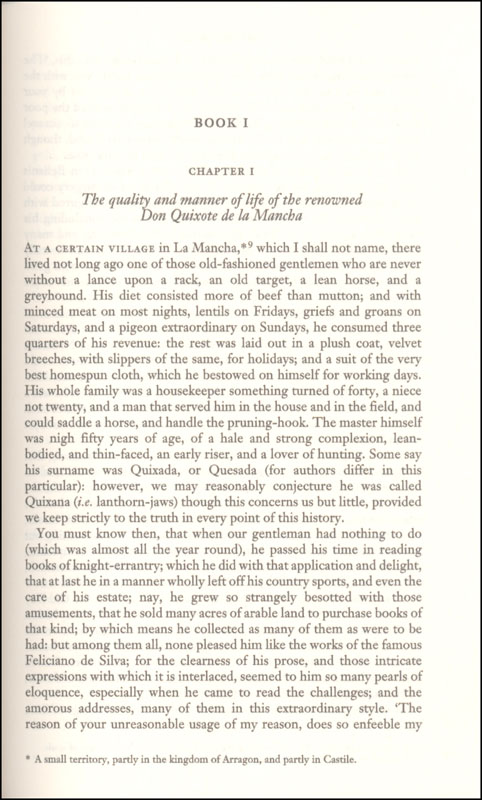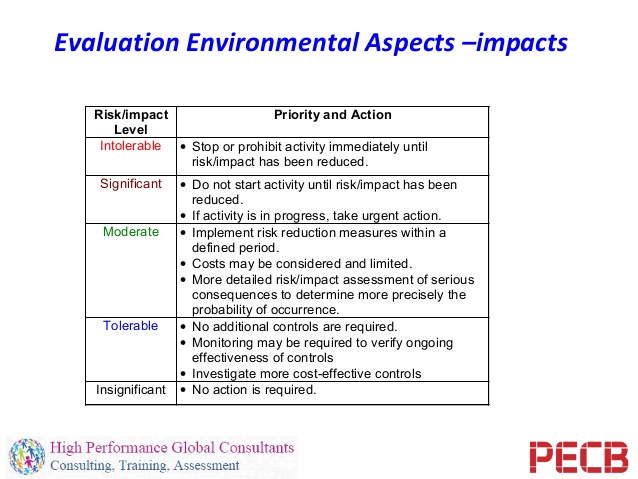

He suggested that the full set of texts might be divided into a set of six courses on such conservative themes as “The History of Civilization” and “Religion and Philosophy,” and yet, writes Kirsch, “in a more profound sense, the lesson taught by the Harvard Classics is. Rather than simply curating for posterity “the best that has been thought and said” (in the words of Matthew Arnold), Eliot meant his anthology as a “portable university”-a pragmatic set of tools, to be sure, and also, of course, a product. 0 volumes.”What does the massive collection preserve? For one thing, writes Kirsch, it’s “a record of what President Eliot’s America, and his Harvard, thought best in their own heritage.” Eliot’s intentions for his work differed somewhat from those of his English peers.

This Yale College course, taught on campus twice per week for 75 minutes, was recorded for Open Yale Courses in Fall 2009.Įliot’s Five Foot Shelf, the compendium of literature, philosophy, and the sciences, writes Adam Kirsch in Harvard Magazine, served as a “monument from a more humane and confident time” (or so its upper classes believed), and a “time capsule.

Richard Hodgdon Wells, November 12, 1872, near St. George Orson Welles was born May 6, 1915, in Kenosha, Wisconsin, son of Richard Head Welles (b. Compiled by Harvard’s president Charles W. 9, the nadir of this milieu, before the advent of modernism and world war, that The Harvard Classics took shape. Faced with the enormous social and economic upheavals at the nineteenth century’s end, learned Victorians like Walter Pater, John Ruskin, and Matthew Arnold looked to High Church models and played the bishops of Western culture, with a monkish devotion to preserving and transmitting old texts and traditions and turning back to simpler ways of life. Every revolutionary age produces its own kind of nostalgia.


 0 kommentar(er)
0 kommentar(er)
